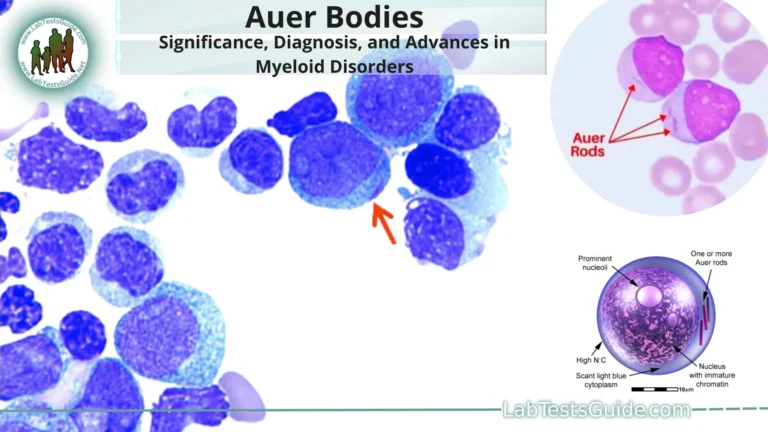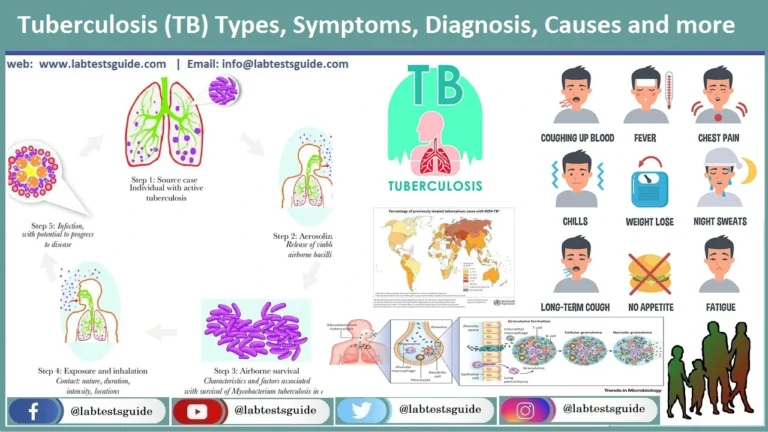After the fourth month of your pregnancy, at some point, you may begin to experience Braxton hooks contraction or incorrect labor. They are completely normal and prepare your uterus for labor before the actual delivery.

Braxton – Hooks contraction does not occur at regular intervals and does not increase in intensity. If you experience regular contractions before Week 37, it may be premature labor. If this happens, contact your healthcare provider for assistance.
Early Labor:
Wage shrinkage is generally categorized as the contraction of initial labor and the active contraction of labor. The first worker’s contractions last between 30 and 45 seconds. At first they may be widely separated, but at the end of premature labor, the contraction will be five minutes away.
Your water may break down quickly during labor, or your doctor may break it for you later during labor. When the cervix begins to open, you will see a blood-colored substance that lines your mucus plug.
Active Labor:
In active labor, cervical dilates and contractions become closer and more severe.
If you are in active labor, you should call your health care provider and go for your delivery. If you are not sure if you are a dynamic workforce, it is still a good idea to call and register.
Labor Pain:
The pain will be at its peak during active labor. Talk to your doctor about your preferred method of pain treatment.
You can choose drug-free activities such as meditation, yoga, or listening to music.
If you choose to control your pain through medicines, your doctor will need to know if pain relievers or anesthetics are used.
Pain relievers, such as meperidine, relieve pain but allow you to maintain some sensation. Anesthetics, such as epidurals, prevent certain muscle movements and block pain altogether.
Pregnancy tests
- An ultrasound will be used to confirm and date your pregnancy.
- Human chorionic gonadotropin (hCG
- Complete Blood Test
- Blood Glucose Test
- Urine C/E
- Blood group
- Anti HCV
- HbsAg
- HIV
Tests Associated with Pregnancy
| PURPOSE | TEST NAME | WHY PERFORMED | WHEN PERFORMED | WHO PERFORMED ON/SAMPLE |
|---|---|---|---|---|
| Genetic tests for inherited diseases | Genetic testing for inherited diseases | Check carrier status for certain genetic diseases to determine risk of having a baby with such a disease | Preconception or first trimester | Mother and father (blood sample) |
| Genetic testing for hemoglobin disorders | Check carrier status for certain abnormal hemoglobin disorders to determine risk of having a baby with such a disease | Preconception or during pregnancy | Mother and father (blood sample) | |
| Cystic fibrosis carrier testing | Check carrier status for CF | Preconception or first trimester | Mother and father (blood sample) | |
| Testing to detect health conditions in the mother | Blood glucose or hemoglobin A1c | To screen women at risk of type 2 diabetes (which is different than gestational diabetes) | Preconception or first trimester | Mother (blood sample) |
| Pap test and HPV testing | Screen for cervical cancer and some STDs | Preconception or first trimester | Mother (cells from her cervix) | |
| Immunity to rubella (German measles) | Check for immunity to the virus, which can cause birth defects | Preconception or first trimester | Mother (blood sample) | |
| HIV screening test | Check for HIV infection so steps can be taken to reduce likelihood of transmission to the baby | Preconception or first trimester; may be repeated in third trimester if at high risk | Mother (blood sample) | |
| Gonorrhea, chlamydia, and syphilis tests | Check for STD infections, which can cause miscarriage or infect the baby during delivery | Preconception or first trimester; may be repeated in third trimester if at high risk | Mother (cervical cells, urine or blood sample, depending on test) | |
| Hepatitis B and hepatitis C screening | Detect hepatitis B or hepatitis C infection | Pre-conception or first trimester; may be repeated in the third trimester if at high risk | Mother (blood sample) | |
| Varicella zoster virus testing | Check for immunity to chickenpox, which can cause birth defects | Preconception or first trimester | Mother (blood sample) | |
| TORCH panel | Check for infection with toxoplasmosis and other infections that can cause birth defects | Preconception or first trimester, if infections suspected | Mother (blood sample) | |
| Bacterial vaginosis | Detect infection, which can cause pre-term labor | Preconception or whenever symptoms experienced | Mother (vaginal secretions) | |
| Urine culture for bacteriuria | Detect bacterial infection in the urinary tract, which can lead to kidney infection or increased risk of pre-term delivery and low birth weight | First prenatal visit or between 12 and 16 weeks of pregnancy; may be repeated in third trimester | Mother (urine sample) | |
| Group B streptococcus | Detect infection, which can harm the baby during birth and infect the mother’s uterus, urinary tract, and any incision made during a cesarean section | Between weeks 35 and 37 of pregnancy | Mother (specimen from vaginal and rectal areas) | |
| Confirmation and monitoring of pregnancy and health of mother | Pregnancy test (hCG) | Confirm pregnancy | First trimester | Mother (blood sample) |
| Urine screen for glucose and/or protein | Check for signs of kidney or bladder infection, undiagnosed diabetes or gestational diabetes, or pre-eclampsia | Each prenatal visit | Mother (urine sample) | |
| Complete blood count (CBC) | Check for anemia and/or detect low platelet count | Preconception and/or early in the first trimester; repeated in third trimester | Mother (blood sample) | |
| Blood typing and antibody screen | Check for potential incompatibility in blood type between mother and fetus (such as Rh factor antibodies) | First trimester; antibody screen repeated between weeks 28 and 29 of pregnancy | Mother (blood sample) | |
| Glucose challenge test/oral glucose tolerance test | Check for gestational diabetes | Between 24 and 28 weeks of pregnancy | Mother (blood sample) | |
| Thyroid stimulating hormone (TSH) | In women with known thyroid conditions, to adjust medication if necessary | Throughout pregnancy | Mother (blood sample) | |
| Detection of fetal abnormalities or assessment of risk | First trimester Down syndrome screen | Assess risk of carrying a fetus with certain chromosomal abnormalities, such as Down syndrome | Usually between 11 and 14 weeks of pregnancy | Mother (blood sample plus ultrasound) |
| Second trimester maternal serum screen | Assess risk of carrying a fetus with certain chromosomal abnormalities or open neural tube defects | Between 15 and 20 weeks of pregnancy | Mother (blood sample) | |
| Cell-free fetal DNA | Assess risk of carrying a fetus with certain chromosomal abnormalities; currently recommended for women at high risk of having babies with these disorders | During or after the 10thweek of pregnancy | Mother (blood sample) | |
| Chorionic villus sampling | Detect chromosomal disorders in the fetus | Between weeks 10 and 12 of pregnancy, if recommended | Mother (cells from the placenta) | |
| Amniocentesis | Detect certain birth defects and chromosomal abnormalities | Between 15 and 20 weeks of pregnancy, if recommended | Mother (amniotic fluid) | |
| Cordocentesis | Detect chromosomal abnormalities, blood disorders, and certain infections | Between weeks 18 and 22 of pregnancy, if recommended | Mother/fetus (fetal blood sample obtained from vein in the umbilical cord) | |
| Fetal maturity/readiness for birth | Amniocentesis | Check fetal lung development | After week 32 of pregnancy if risk of pre-term delivery | Mother (amniotic fluid) |
| Fetal fibronectin (fFN) | Detect fFN; negative result is highly predictive that pre-term delivery will NOT occur in the next 7-14 days | Between week 22 and 35 of pregnancy, if having symptoms of pre-term labor | Mother (cervical or vaginal fluid sample) |
Possible References Used







0 Comments